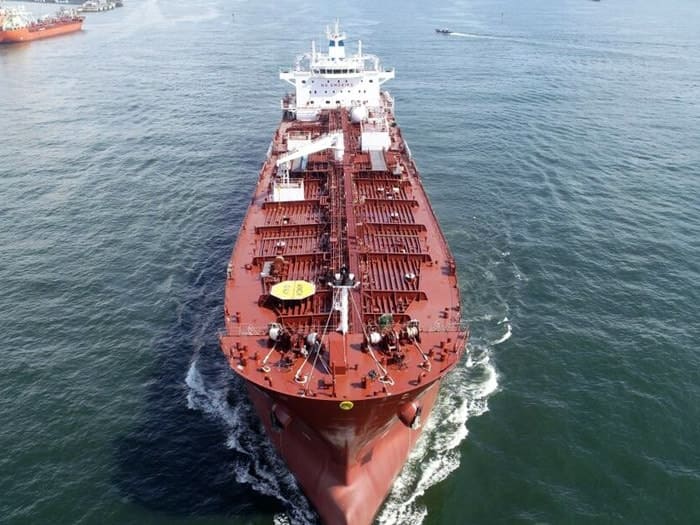Problems in Implementing Low Sulphur Fuel

International Maritime Organization (IMO) has reduced the cap on Sulphur in fuel from 3.5% to 0.5% from 1st January 2021.
As a consequence of this new regulation a wide ranging
issues have been faced by the ship operators.
It is a source of considerable debate whether the ship operators
will continue to use high Sulphur fuel and install exhaust
gas scrubbers or switch to use low Sulphur fuel oil or liquid
natural gas. Each scenario has its associated issues including
implementing and running costs so it is unlikely that there
will be a definite answer to the issues. But whatever be
the outcome, significant disruption is seen happening in
the oil market.
Implementation of Low Sulphur fuel brings with it a number of potential operating problems due to their fundamentally different physical properties .Here is where fuel additives may have a significant role to play in easing the issues in switching from a high Sulphur fuel to a low Sulphur fuel.
One problem with low Sulphur fuels is that they have
a high pour point .This means that wax can solidify in fuels
if stored below pour point temperature, potentially causing
operational issues .Here the use of bunker fuel additives
can substantially depress pour point allowing lower value
streams to be used. By reducing the temperature at which
wax forms fuels have a wider temperature range. The additional
flexibility in flow properties could be crucial to a vessel’s
ability to operate particularly in cases where fuel storage
tanks may be situated close to or next to the ship’s hull
and when low external temperature might have an effect on
the fuel.
Another potential problem is that of lubricity. The use
of low Sulphur distillate and heavy fuels which have a lower
natural lubricity than high Sulphur fuels may have the potential
to cause increased wear. The way to overcome this is by
adding lubricity additives which have been time proven over
a long period of time.

The problems faced by ships due to VLSFO fuel are increased sludge discharge from ship’s separators, increased deposits in ship’s fuel oil system, wear and tear of cylinder liners, piston rings and other components due to excess catalytic fines in the fuel .Other problems faced are poor ignition, incomplete combustion of fuel, fuel pump seizures resulting in loss of propulsion or blackout. Cermet coated piston rings have been recommended in MAN B&W engines for operation on Low Sulphur Fuels to reduce the wear.
Constellation Marine Services LLC survey team is well experienced in handling problems related to low Sulphur fuels in testing and sampling of bunker fuels , comingling issues or other issues experienced by the industry with regard to usage of VLSFO .

